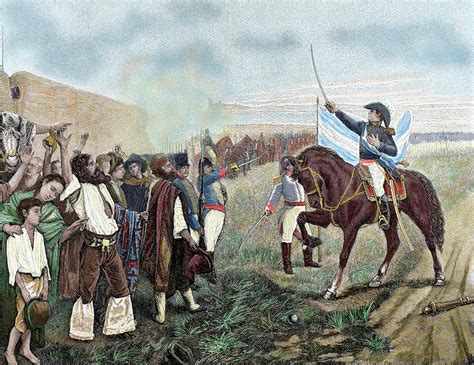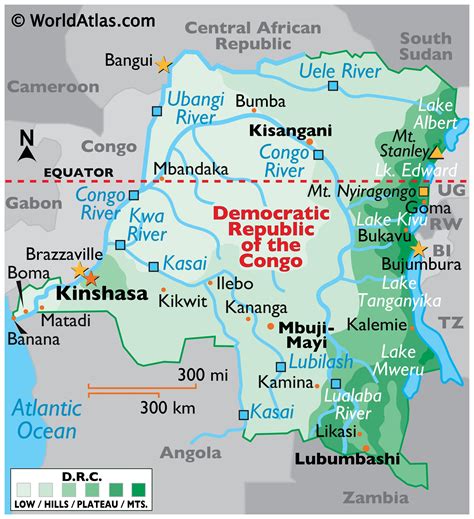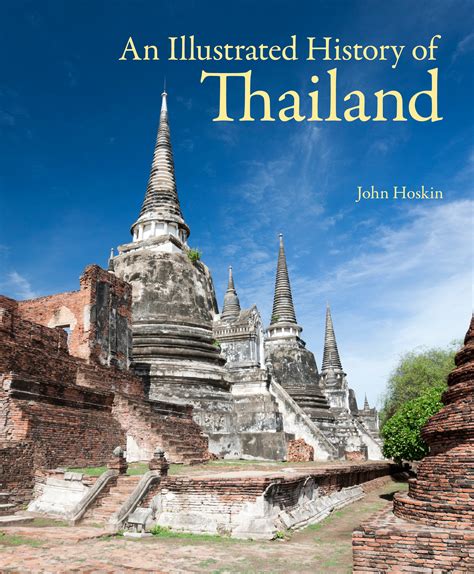Explore the history of Mongolia from early settlements to modern independence. Learn about Genghis Khan’s conquests and the rise of the Mongol Empire.
Early Settlements in Mongolia
Contents
Early settlements in Mongolia date back to the Paleolithic era, with evidence of human habitation found in the region as far back as 500,000 years ago. The earliest traces of human presence in Mongolia can be traced to the Lower Paleolithic, with stone tools and animal bones found in the Gobi Desert. These early settlers were hunter-gatherers, relying on the resources provided by the diverse landscape of Mongolia.
The first known settlements in Mongolia were established by the Xiongnu, a confederation of nomadic tribes that inhabited the eastern steppe of Mongolia from the 3rd century BC to the late 1st century AD. The Xiongnu were renowned for their skilled horsemanship and their mastery of nomadic pastoralism, which allowed them to thrive in the harsh environment of the Mongolian steppes.
During the Iron Age, the region saw the emergence of fortified settlements and walled cities, indicating a shift towards more sedentary forms of living. The ancient city of Karakorum, established by the Uyghur Empire in the 8th century, served as a major hub for trade and cultural exchange in the region. The city’s strategic location along the Silk Road contributed to its prosperity and importance in the early history of Mongolia.
As Mongolia’s early settlements continued to evolve, the region became a melting pot of different cultures and ethnic groups, including the Turkic, Uralic, and Mongolic peoples. The diverse influences of these various groups laid the groundwork for the rich and complex cultural heritage that defines Mongolia to this day.
Rise of the Mongol Empire
Rise of the Mongol Empire
During the 12th and 13th centuries, the Mongol Empire rapidly expanded from a collection of nomadic tribes in the steppes of Central Asia into the largest contiguous empire in history. This rise to power was largely due to the military conquests and leadership of Genghis Khan, who united the Mongol tribes and began a campaign of unprecedented conquest.
Under the leadership of Genghis Khan, the Mongol Empire gradually expanded through a series of brutal military campaigns, conquering neighboring territories and establishing dominance over a vast portion of Asia and Eastern Europe. The ruthless tactics and military strategy of the Mongol armies were instrumental in their rapid rise to power, as they quickly subjugated and assimilated diverse cultures and populations into their empire.
One of the key factors contributing to the success of the Mongol Empire was the innovative military tactics and organization implemented by Genghis Khan and his successors. The Mongol armies were highly skilled in mounted warfare and archery, and they utilized advanced siege techniques and psychological warfare to defeat their enemies. In addition, the decentralized structure of the Mongol Empire allowed for efficient communication and logistics, enabling effective coordination of military campaigns across vast distances.
The rise of the Mongol Empire also had profound and lasting effects on the societies and cultures of the regions they conquered. The empire facilitated the exchange of goods, knowledge, and technology between East and West, leading to significant advancements in trade, commerce, and communication. Additionally, the Mongol Empire promoted religious tolerance and cultural exchange, as it encompassed a diverse array of ethnic and religious groups within its borders.
In conclusion, the rise of the Mongol Empire was a transformative and pivotal period in world history, as it shaped the geopolitical landscape of Asia and Europe for centuries to come. The military prowess, innovative tactics, and cultural impact of the Mongol Empire continue to be subjects of fascination and study, highlighting the enduring legacy of this influential empire.
Genghis Khan’s Conquests
One of the most significant periods in the history of Mongolia is the time of Genghis Khan’s conquests. Genghis Khan, born as Temujin, was the founder and first Great Khan of the Mongol Empire, which became the largest contiguous empire in history after his death. During his reign, Genghis Khan led his armies in numerous campaigns, conquering vast territories and establishing the Mongol Empire as a dominant power in Asia and beyond.
Under the leadership of Genghis Khan, the Mongol armies embarked on a series of military campaigns that would result in the conquest of numerous lands and civilizations. Genghis Khan’s forces were known for their strategic military tactics, brutal efficiency, and unparalleled speed, which allowed them to overwhelm their opponents and secure victory in battles across different regions.
One of the most notable conquests of Genghis Khan was his invasion of the Khwarezmian Empire, a powerful Islamic state that controlled a large part of Central Asia. The Mongol forces under Genghis Khan’s command swiftly overran the Khwarezmian territories, sacking cities and crushing resistance, ultimately bringing the once-mighty empire to its knees.
Another significant conquest of Genghis Khan was the invasion and subjugation of the Jin Dynasty in northern China. The Mongol armies, led by Genghis Khan and his generals, inflicted heavy defeats on the Jin forces, leading to the eventual fall of the dynasty and the incorporation of its territories into the expanding Mongol Empire.
Overall, Genghis Khan’s conquests played a pivotal role in shaping the history of Mongolia and the world at large. The legacy of his military campaigns and the establishment of the Mongol Empire had a far-reaching impact on the geopolitical landscape of Asia and Europe, leaving an indelible mark on the course of history.
Mongolia under Qing Dynasty
Mongolia under Qing Dynasty
During the 17th century, the Qing Dynasty of China, led by the Manchu people, expanded their territories and gained control over Mongolia. This era marked a significant shift in Mongolian history as it brought about a period of foreign rule and domination. The Qing rulers implemented policies that aimed to integrate Mongolia into the Chinese empire, often enforcing strict control and suppression of Mongolian culture and traditions.
Under Qing rule, Mongolia was divided into various administrative units, with governors appointed by the Qing government to oversee the region. The Qing rulers imposed strict laws and regulations, and any resistance or rebellion from the Mongolian people was met with harsh consequences.
Despite the challenges and hardships faced by the Mongolian people during this period, there were also notable developments in trade and commerce. The Qing government sought to exploit Mongolia’s resources and establish profitable trade relations with other regions. This led to the growth of trade networks and the emergence of bustling markets in various parts of Mongolia.
Furthermore, the Qing Dynasty also made efforts to introduce Chinese culture and customs to Mongolia, hoping to assimilate the Mongolian population into the larger Chinese society. This cultural assimilation, however, was met with resistance from the Mongolian people, who sought to preserve their unique identity and traditions.
Overall, the period of Mongolia under Qing Dynasty was characterized by a complex interplay of foreign rule, cultural assimilation, and resistance from the Mongolian population. It was a time of significant change and challenges for the people of Mongolia as they navigated through the dynamics of power and influence imposed upon them by the Qing rulers.
Modern Mongolia and Independence
Modern Mongolia has evolved significantly since the early 20th century. After centuries of foreign rule and dominance, Mongolia gained its independence from the Qing Dynasty in 1911. This marked the beginning of a new era for the country, as it sought to establish itself as a sovereign nation on the global stage.
Despite its newfound independence, Mongolia continued to face challenges in the form of political instability, economic hardships, and external threats. The country’s leadership worked tirelessly to modernize its infrastructure, economy, and society, in order to secure its position as a strong and independent nation in the modern world.
Following the end of World War II, Mongolia entered into a close relationship with the Soviet Union, which greatly influenced its political and economic systems. The country implemented Soviet-style socialism and became a member of the communist bloc, aligning itself with the USSR during the Cold War era.
However, with the collapse of the Soviet Union in the early 1990s, Mongolia underwent a significant transformation. The country transitioned from a communist system to a multiparty democracy, embracing market-oriented reforms and fostering closer ties with the international community. This period of change marked a new chapter in Mongolia’s history, as it emerged as a more open, liberal, and democratic nation.
Independence has been a central theme in modern Mongolia’s development, as the country seeks to assert its sovereignty, preserve its unique cultural heritage, and navigate its role in a rapidly changing global landscape. Mongolia continues to pursue diplomatic relationships with other countries, promote economic growth and development, and protect its independence and territorial integrity.












